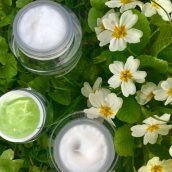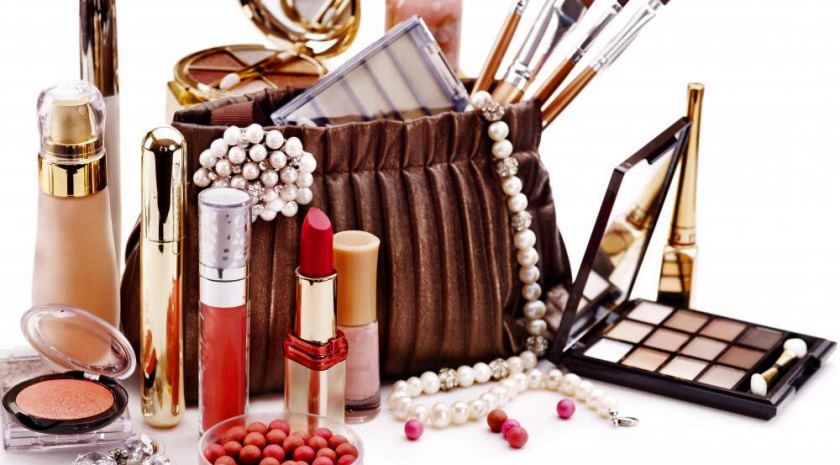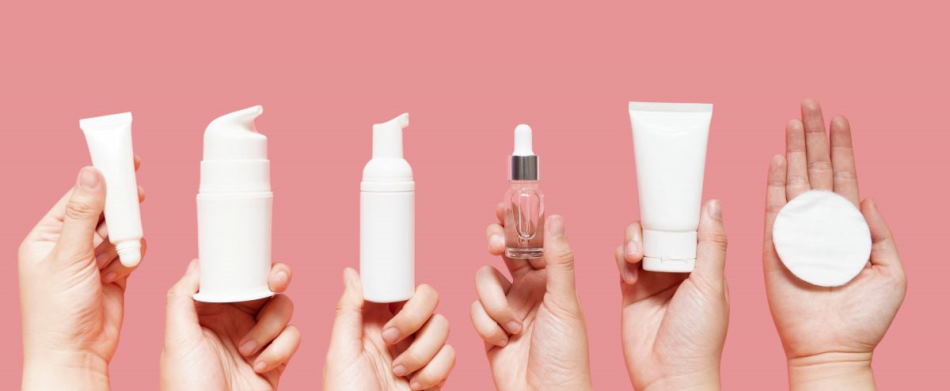Posted in Cosmetic Ingredients
Understanding Different Types of Cosmetic Ingredients

Are you confused about the ingredients in your cosmetics? You’re not alone. Cosmetic labeling can be confusing and misleading. But, by understanding the different types of cosmetic ingredients, you can make more informed decisions about what products to use. This blog post will break down the most common types of cosmetic ingredients and explain what they do. So, let’s get started!
It can be challenging to keep up with all of the different types of cosmetic ingredients. This is especially true if you’re trying to determine which ingredients are best for your skin type.
There are a variety of cosmetic ingredients used in products today. It can be confusing to understand the differences between them all, what they do, and how they benefit you. We’ll explore the different types of cosmetic ingredients and what you need to know about each. By understanding these ingredients, you can make more informed choices about the cosmetics you use every day!

What are the common cosmetic ingredients found in your cosmetics?
Like most women, you have a beauty routine that you religiously stick to. Maybe you start your day with a hot shower and use soap specifically designed to cleanse your skin. Afterward, you might apply lotion or another moisturizer to keep your skin hydrated. You probably take another hot shower in the evening and use a different cleanser before applying night cream. You might even have a specific set of products that you use for your face, body, and hair. Unfortunately, while many of us are diligent about taking care of our skin, we may not be as mindful of the ingredients in our cosmetics.
Every day more and more people are becoming interested in the products they put into their bodies. This is a good thing because it means that there has been an uptick of individuals who want to live healthier lives. However, it also means that the cosmetic industry has had to develop products that are safe for use by men and women alike; after all, you don’t want to harm your body just so that you can look better. Therefore, everyone needs to know what they are putting into their bodies and the possible effects these ingredients could have.
In today’s society, almost everyone is using some cosmetic product. Whether you’re using a concealer to cover up a blemish, lipstick to enhance your smile, or shampoo and conditioner to keep your hair healthy, cosmetics are an essential part of most people’s everyday lives. However, many people don’t know what ingredients are actually in their cosmetics.

Chemistry of cosmetics: the science behind the beauty
Science is at the heart of cosmetics, from the ingredients in your shampoo to the pigment in your eyeshadow. We’ll explore the science behind some of the most popular cosmetic products and ingredients. We’ll look at why they work and what makes them so effective by understanding more about how these products function, you can make better choices for your beauty routine. So whether you’re looking for a new foundation or want to know what’s in your skincare, read on for an overview of the chemistry of cosmetics!
Cosmetics which include skincare, haircare, and fragrance products, are common cosmetics that men and women use to achieve the look they want. While these products can be categorized as beauty products, it is important to note that there is a significant difference between cosmetic ingredients and their safety assessment compared with drugs manufactured and used for a specific purpose to cure, treat or prevent disease.
Oil molecules are fairly large and non-polar. This means they don’t dissolve in water, a polar solvent. However, adding surfactants to oil will change the surface properties of the oil molecules. This allows them to mix into intricate emulsions that contain water and oil, such as lotion or foundation.


